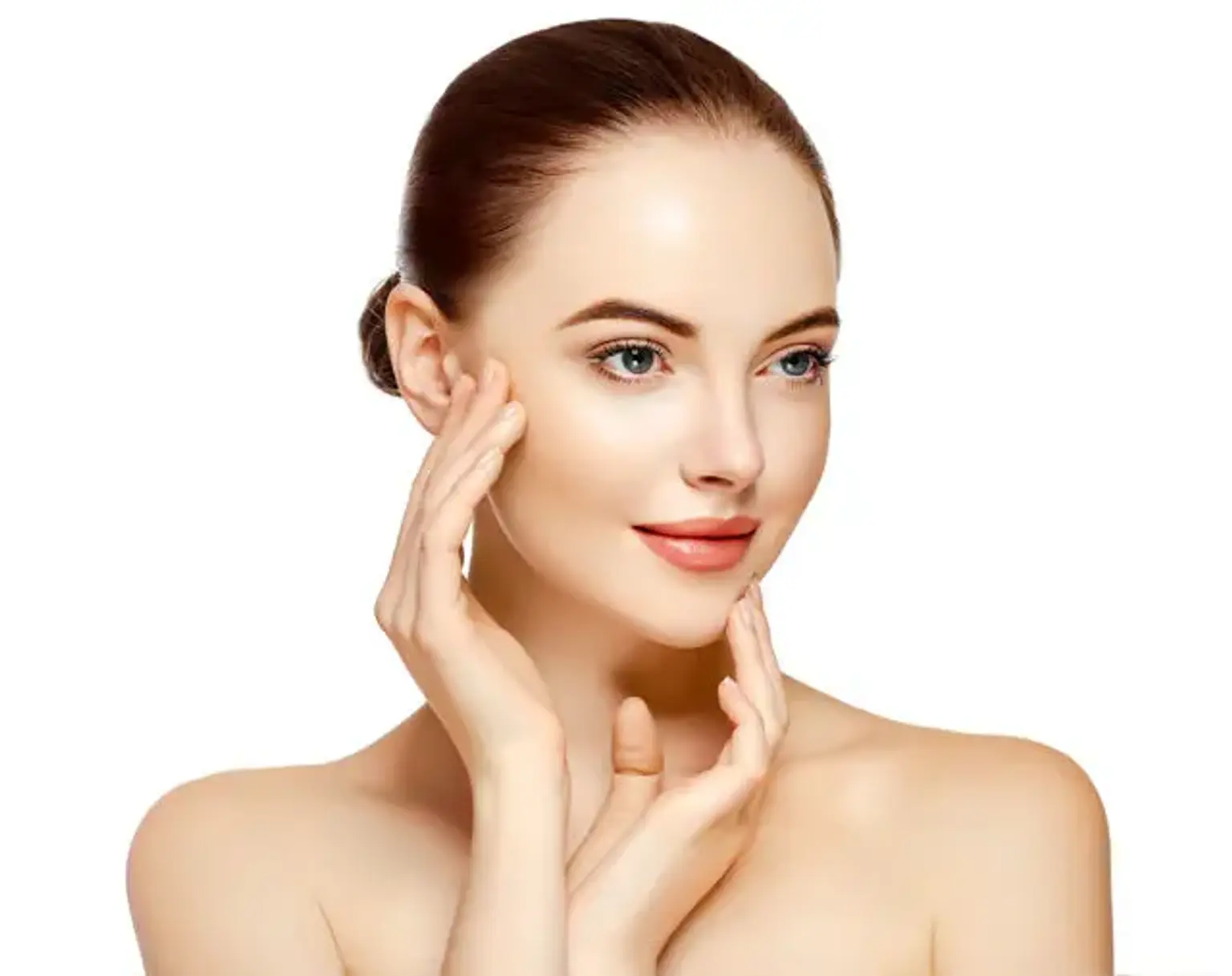Introduction
Overview of 3D Face Contouring
3D face contouring is a transformative approach to enhancing facial aesthetics by reshaping the contours of the face to achieve harmony and symmetry. Using advanced surgical techniques and tools, this procedure is ideal for individuals seeking to refine their facial structure. With a focus on precision and customization, 3D face contouring allows surgeons to address unique facial needs effectively.
In Korea, the demand for this procedure has surged as more people recognize its potential to deliver natural and balanced results. Korean clinics, known for their cutting-edge technology and expertise, have positioned themselves as global leaders in facial contouring procedures.
The Appeal of Korean Plastic Surgery
Korea has long been at the forefront of the global plastic surgery industry, renowned for its innovative techniques and high safety standards. The country’s approach to 3D face contouring reflects a deep understanding of aesthetic preferences, particularly those aligned with Asian beauty ideals, such as a V-shaped face and harmonious features.
International patients flock to Korea not only for the technical expertise but also for the holistic experience provided by its clinics. With state-of-the-art facilities, thorough consultations, and highly skilled surgeons, Korean clinics have redefined what it means to undergo safe and effective cosmetic surgery.
